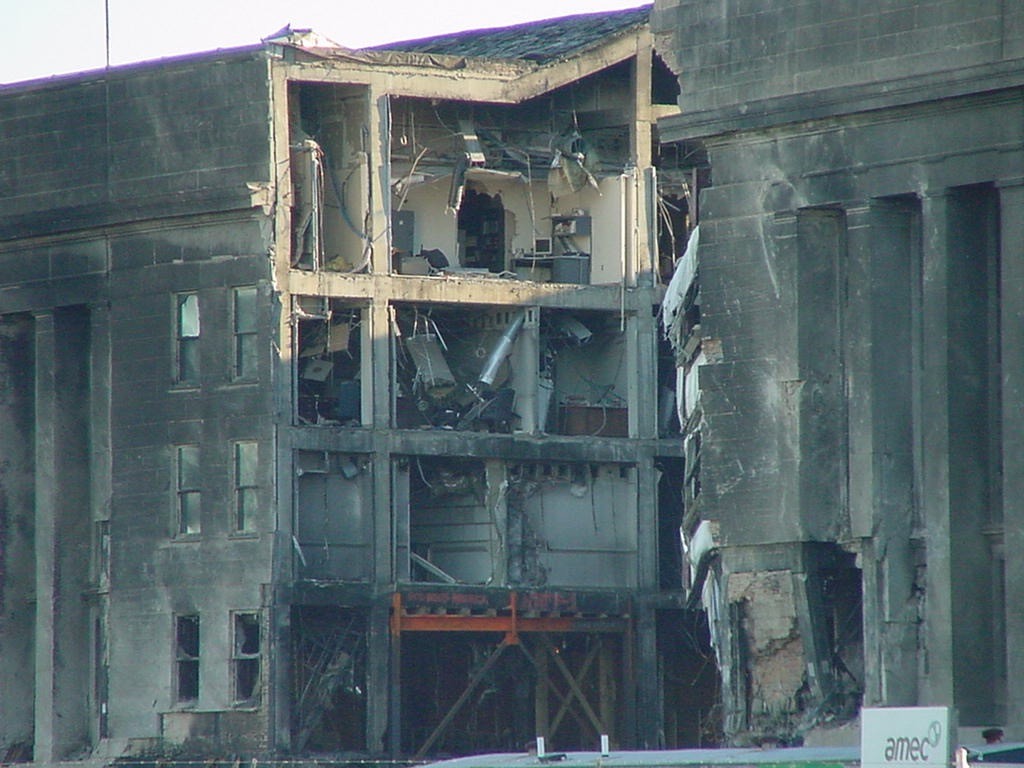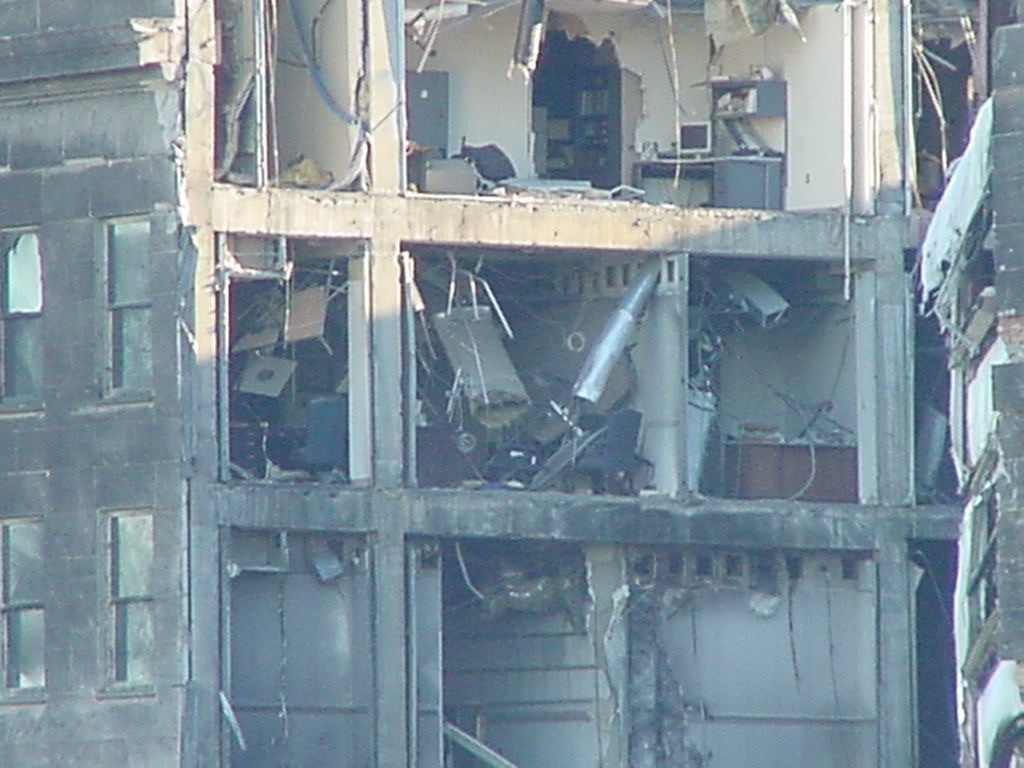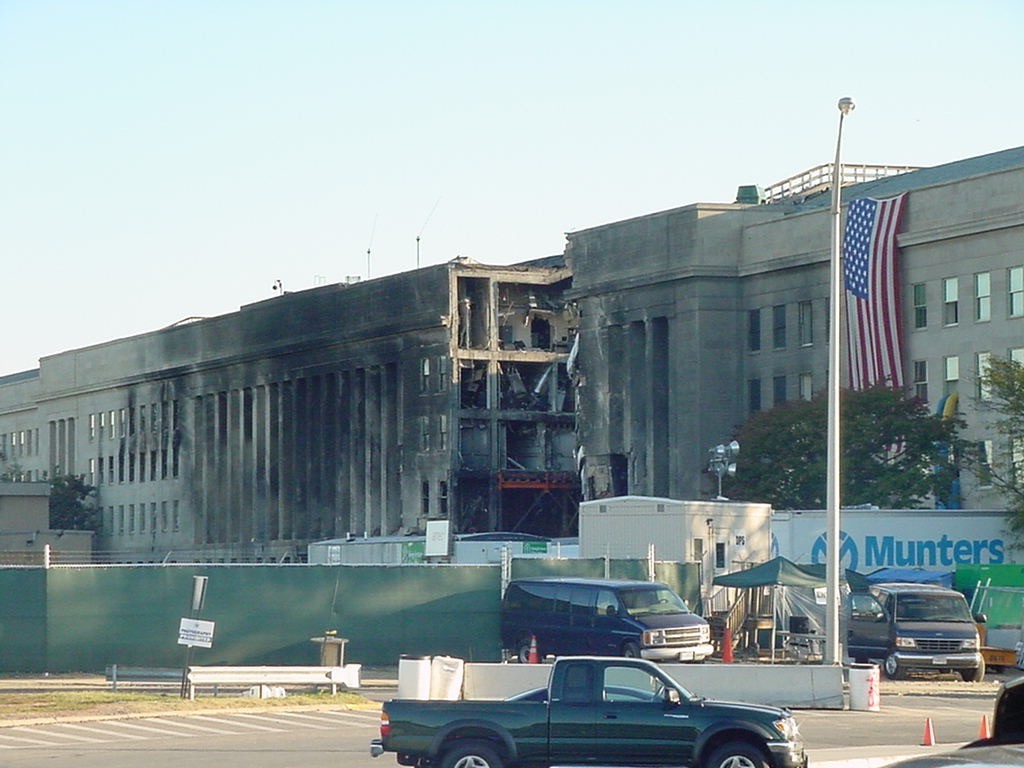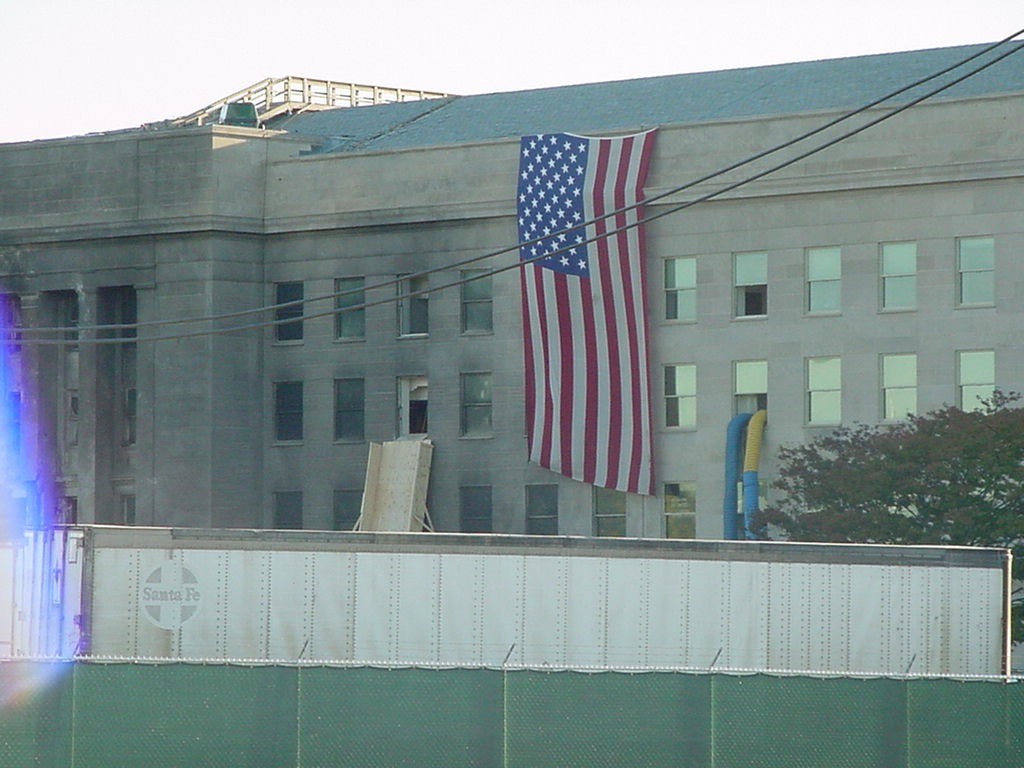Lest We Forget
I served in the U.S. Army from 1989 to 2001. I was deployed to the Middle East in the fall of 1990 as part of Operation Desert Shield/Desert Storm. My unit, the 9th Combat Engineer Battalion, was attached to the famed First Infantry Division (the Big Red One). We were part of XII Corps, and participated in General Schwarzkopf famous “Hail Mary” plan, where the entire Corps moved 150 miles west and then north to the Iraqi border prior to the ground invasion. This move was called Operation Desert Saber where VII Corps moved into Iraqi and north-west in a massive sweeping maneuver. This is also where we engaged several tank divisions of the Republican Guard in the Battle of 73 Easting, the largest tank battle since WWII. After the war, I returned to Germany, and eventually served in several other interesting locations, including Fort Carson, Colorado; Fort Jackson, South Carolina; and the Republic of Korea. My last duty station was at the Pentagon.
After I got out of the Army, my first job was working as a contractor for the Army. I worked for a company based in Northern Virginia on a contract at U.S. Army Material Command headquarters in Alexandria, just a few miles south of the Pentagon. In my role as an information security engineer, I still had many dealings with folks at the Pentagon, and frequently attended meetings in the “Five Sided Puzzle Palace.”
On the morning of September 11, 2001, I had planned to meet some folks I used to work with at the Pentagon. This was an ad-hoc meeting, basically whenever I showed up we would meet. I worked a few miles away, and could take the Metro (subway) from Alexandria to the Pentagon. However on that morning, I had done something very different for my typical morning commute from Stafford (were we lived about 30 miles south of DC/Northern Virginia). I had “slugged” to work.
Commuter ride sharing, or “slugging” as is is colloquially known, was started in the Northern Virginia and Washington D.C. metro area. You park your car in a commuter lot, get in line with a bunch of other people, and wait for a driver to show up (also someone going to work in DC). Then two strangers get in the car of another stranger, and all three of you take the High Occupancy Vehicle (HOV) 3 (which requires three people in the car) lane up I-95 into Washington DC. On the morning of September 11, 2001, I slugged to work for the first time. We were dropped off in the south parking lot of the Pentagon.
I distinctly remember standing in the parking lot, debating whether to go ahead and go into the Pentagon for this ad-hoc meeting, or take the subway down to my office, get some coffee, check email, and come back up later. Coffee won me over, and this was a life-changing decision.
I was very familiar with the Pentagon and still knew several people who worked there. I have walked the majority of the Pentagon’s 17.5 miles of corridors, and I have admired the artwork and historic exhibits found throughout the building. I especially remember the “Hall of Heroes”, a room dedicated to service members who received the Medal of Honor. It is fairly likely I may have been taking a stroll around the outermost E-ring or, might have been meeting with my former co-workers in the very section that was struck when terrorist crashed American Airlines Flight 77 into the building at 9:37 EDT. Fortunately, the friends I was planning on visiting were not injured, but I did know several people who died at the Pentagon on September 11, 2001.
As fate would have it, I opted to take the Metro to Alexandria, and go into the office, the Headquarters of Army Material Command (AMC), at the time, located on Eisenhower Avenue. When I got to the office, I swung by the cafeteria for a cup of coffee, then took the elevator down to the sub-basement where my desk was in an old SCIF (sensitive compartmentalized information facility). A co-worker and fellow contractor, Derrick, was already at his computer. I sat down, logged in, started checking email, and looking over the alerts from our IDS (intrusion detection system) that has come in overnight. Derrick and I casually chatted about work-related matters, but we were the only ones in the quiet room. Shortly before 9:00 AM, Derrick, who had been checking news websites for “OSINT” (open-source intelligence) information related to cyber events, remarked, “CNN is reporting a plane just flew into one of the World Trade Center towers.” My mind immediately went to an event that occurred in Florida several months before where the pilot of a small private plane had suffered a heart attack and his plane has crashed into an office building.
I remarked, “That’s weird. Was it a small plane?”
After a few moments of skimming the online article, Derrick responded, “They seem to think it was an airliner.”
Shaking my head, I said, ‘Wow. That can’t be.” I went back to my IDS alerts and Derrick went back to his OSNIT research.
A few minutes later, shortly after 9:00 AM, Derrick exclaimed, “Now they’re saying another plane as flow into the second tower!”
I looked up at Derrick and said, “That’s a terrorist attack. Let’s go upstairs.”
Derrick and I, along with another guy, Phil, had desks in the old SCIF. But the rest of the G-6/Information Assurance team were located on the fifth floor of the building. We quickly walked down the hall to the elevator and pushed the button for the fifth floor. The doors opened, and we made our way down the hall to the main office. When we walked in, we looked around and no one was immediately visible. We glanced at each other, puzzled, then noticed a gaggle of folks in the boss’s office. The GS-15 and Information Assurance Program Manager (IAPM) and most of the government staff and contractors were crowded around the TV in her sizeable office. Derrick and I walked up to the group, and said, “What’s going on?”
One of the government employees turned, his eyes wide, and said, “We’re under attack!”
Over the next half hour or so, we watched as news reports came streaming in. The TV stayed on CNN, and a few folks went back to their desks to check email and the Internet for additional news.
Another government employee managed to get another, larger TV connected to the cable network that ran throughout the building, so Derrick, our project manager (and immediate supervisor) Al, a couple of government workers, and I stood watching this one as well. I stared in horror and anger as I watched the images of the World Trade Center towers belching smoke into the Manhattan sky, interspersed with repeated video of United Airlines Flight 175 slamming into the North Tower.
Around 9:45, the situation got even more personal, as we started hearing reports about the Pentagon. Details were sketchy at first, but within minutes CNN was reporting another plane had struck the Pentagon. From the high vantage point of the AMC building, we could see the thick black smoke rising from the direction of the Pentagon, which was a mere 6 miles northeast.
I remember looking out the window, glancing down at the parking lot, and seeing a stream of workers leaving the building for our cars. Someone remarked that we were in a 10-story building, and that might make us a target. We started hearing rumors of that a bomb had gone off at the FBI headquarters in DC, as well as plane that might be headed for the Capitol building or possibly the White House.
We stood around in the main office, watching news reports, and talking, waiting for a decision from leadership on what our next move was. Even though I was just out of the Army, working for the Army as a civilian contractor hadn’t changed much. There was still a lot of “hurry up and wait.”
Finally, at 9:59 am, I witnessed on live TV the collapse of the North Tower. I watched in disbelief, a mix of rage and horror. Weirdly, I half laughed and said to Al and Derrick, “I can’t believe this is happening.”
Shortly after the collapse of the North Tower, a voice came over the building’s public address system. “Attention in the building. All non-essential personnel are ordered to evacuate the building. All military personnel are ordered to report to the Operations Center.” The AMC headquarters was staffed with a majority of civilians, including government workers and contractors.
There was a flurry of activity and discussion. I discussed with Al that I had “slugged” to work, and my car was parked 35 miles away in Stafford. We had heard earlier news reports that the Metro subway system was still operational but wasn’t stopping at the Pentagon. It wasn’t clear if the Virginia Railway Express (VRE) was running or not. The VRE is a passenger train that runs between Fredericksburg, VA, and Washington DC, withs stop in Stafford and at the Springfield Metro, which is next to the massive Springfield Mall. My thought was, if the VRE is running I can get to Stafford and Joyce could pick me up.
My Nokia 5110 cellphone suddenly rang. It was my wife, Joyce. Her panicked questions can in rapid succession: Was I ok? What was going on? How was I going to get home? I assured her I was fine and told her about my plan to take the VRE. I would call her back once I had more information. The government guy whose TV we were watching said, “I can get you to the Springfield Mall area. I drive right by there to get home.” I told him that would be fine, and we agreed to meet in the lobby. I rushed back down the elevator to get my backpack. We piled in the guy’s truck and headed southwest for the 15-minute drive to the mall. I called Joyce on the way and gave her an update on my situation. After getting dropped off at the Springfield Metro station, I made way to the VRE ticket counter and discovered that all train service was canceled. “Well, crap”, I thought. I whipped out my Nokia, called Joyce, and told her the situation. She said, “Let me see if my dad can come get you. I’ll call you back.” I decided to make my way over to the mall area. I figured I could at least find a place to sit down, rather than just standing in the Metro station.
As I was walking to the mall, Joyce called me back. “My dad’s on his way to get you. But it may be a while. The news is reporting that I-395 into DC is shut down, and all traffic is going around the Beltway. I-95 is a parking lot going north.”
“Well, I-95 is always a parking lot”, I replied. I told her I was going to make my way to the TGI Friday’s and wait for my father-in-law, Wayne, there. I also noticed the battery on my phone was getting low and told her it might die soon.
The walk to TGI Friday’s was a short, and I walked into the restaurant around 11:00 am. The place was dead, but all the TV’s around the bar were on various news stations. It was wall-to-wall coverage of the events of the morning. I sat down at the bar, ordered a cup of coffee and began what was eventually going to be about a 3 hour wait for my father-in-law to arrive.
I was chatting with the bar tender, and we both were horrified about what was now obviously recognized as a major terrorist attack on our country. After about a half hour, I noticed a steady stream of people coming into the restaurant. I noticed most of them were dressed in office attire with the distinctive Pentagon badge hanging from lanyards or clipped to shirt pockets or dresses. Then I noticed a pair of Army officers in their Class B uniforms (dress pants and short sleeves) walking into the restaurant. Neither of them had their covers (hats). One of them, a lieutenant colonel, was carrying a stack of papers with a classified coversheet emblazed with the bright orange words, “TOP SECRET.” The Army officers sat down at a booth near the bar, and I walked up to them and introduced myself. I told the colonel I was an Army veteran and had just ETS’d from the Army. I asked him what happened at the Pentagon.
“We were in a briefing in a different area of the building”, he explained. “Suddenly there was this huge boom. We grabbed our documents and evacuated the building.” He explained that his keys, hat, and jacket were back at his desk, and he wasn’t able to get to them in the rush to evacuate the Pentagon. The major with him was in the same predicament. Over the next couple of hours, the TGI Friday’s slowly filled up with Pentagon evacuees. Military service members, many without their hats, and lots of civilians. I heard various stories of people who were unable to get keys, wallets, and cellphones. People were allowing others to use phones to coordinate with friends and loved ones. I loaned my phone to the colonel I had been speaking with so he could call his wife. Several folks were buying others’ food and drinks. There was a steady buzz of conversation about the news. Eventually I ordered some food myself, and figured it was time for a beer given the events of the morning.
I checked in with Joyce again around 1:00 PM, and she said her dad was still on his way. Eventually, around 2:00, Wayne made it to the TGI Fridays, and we began the drive back home. Traffic going south was typically bad, but the drive didn’t take nearly as long as his northbound trek. He dropped me off at the Stafford park-and-ride where I had left my car that morning, and I finally got home about 4:00 pm.
The next day, September 12, was my birthday. While we weren’t in much of a celebratory mood, Joyce and I, along with the kids, met her parents for dinner at a restaurant in Stafford. As we were waiting for our table, Joyce bought a couple of newspapers. On the front page of one of the papers was a photo of a U.S. Marine and two fire fighters carrying an American flag from the rubble of the Pentagon. When I saw this photo, I broke down in tears.
Proverbs 19:21 says, “Many are the plans in the mind of a man, but it is the purpose of the Lord that will stand.” I often tell people, God was watching out for me that day. I sincerely believe this. As I look back over the events of my life, I see many examples where one slightly different decision could have changed my life (or even ended my life) in a dramatic way. September 11, 2001 is one such example I will never forget.
A few weeks later on October 8, 2001 (Columbus Day), I visited the Pentagon and took several photos of the damage of my last duty station.



